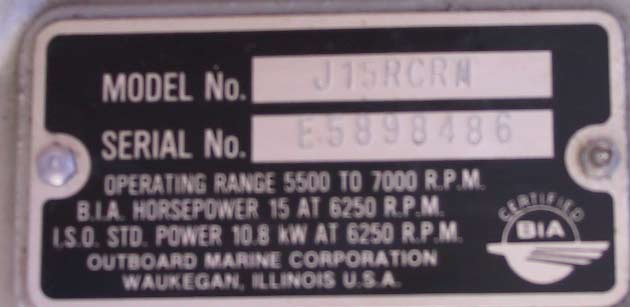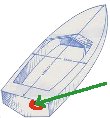

With all the different makes and models it can be confusing to know where to look. In some cases they can be corroded off or hard to read, or the sticker is missing. Some steel/aluminium vessels (often narrowboats) have this identification number stamped into one of the surfaces within the engine room.Every marine engine has a serial number that should be easily identifiable on the engine.This is in the majority of cases to the starboard side of the transom. This hull identification number should always appear on the transom permanently moulded or etched into the hull and occasionally on a permanently affixed plate.On Drascombes, the two letters denote the type, the 3 numbers are consecutive serial numbers. G would be the month of manufacture, i.e., July (seventh letter of the alphabet and seventh month of the year).Ģ would be the actual year of build, to allow boats completed in 1992 to be sold in 1993 as a 1993 model.Ī serial number created by the builder. GB-RYA would mean a boat built in Great Britain by a builder with the code RYA.ī7 123 would be the model and serial number of the boat. gives the following CIN example based on ISO 10087.95 The HIN system defined by the CE Recreational Craft Directive was applied to all boats moulded in 1998, and probably some in late 1997, or even 1996.


As a part of the Recreational Craft Directive all boats have been obliged to have a Hull Identification Number permanently stamped/etched into the hull (twice: once on the transom & once concealed elsewhere on the boat).

Some boats in the EU did use HIN numbers prior to 1998. HIN numbers were introduced in America in 1972 and in the EU in 1998. It enables manufacturers to clearly identify for boat owners the boats that are involved in a defect notification and recall campaign, plus its easy to decipher when the boat was built, very useful for Yacht Brokers. The HIN is a 12 character serial number that uniquely identifies your boat. BOAT SALES - HIN (Hull Identification Numbers)


 0 kommentar(er)
0 kommentar(er)
